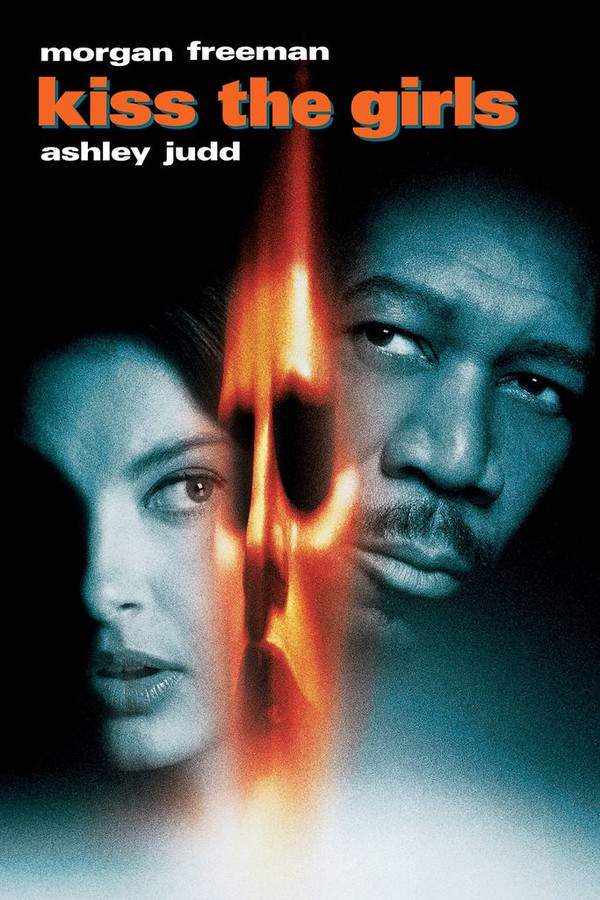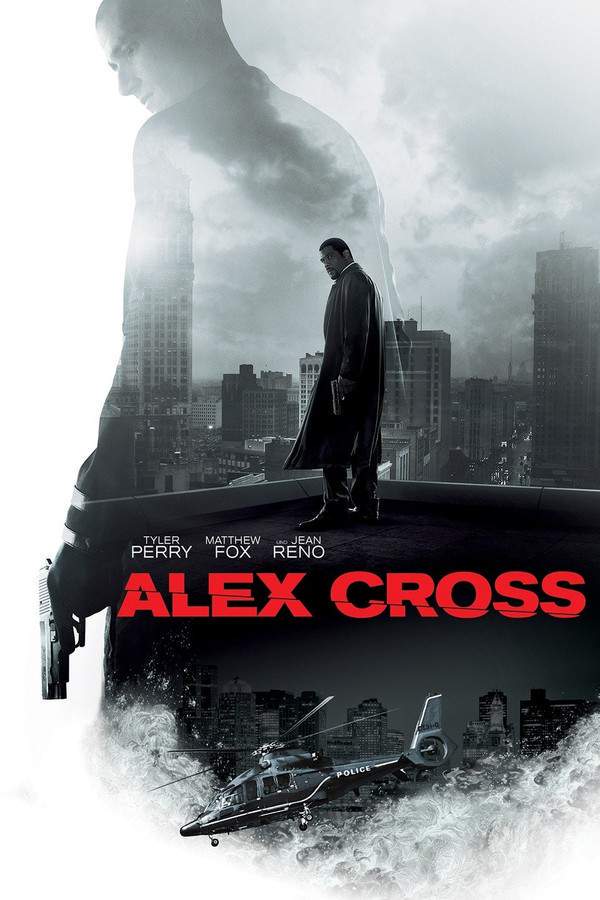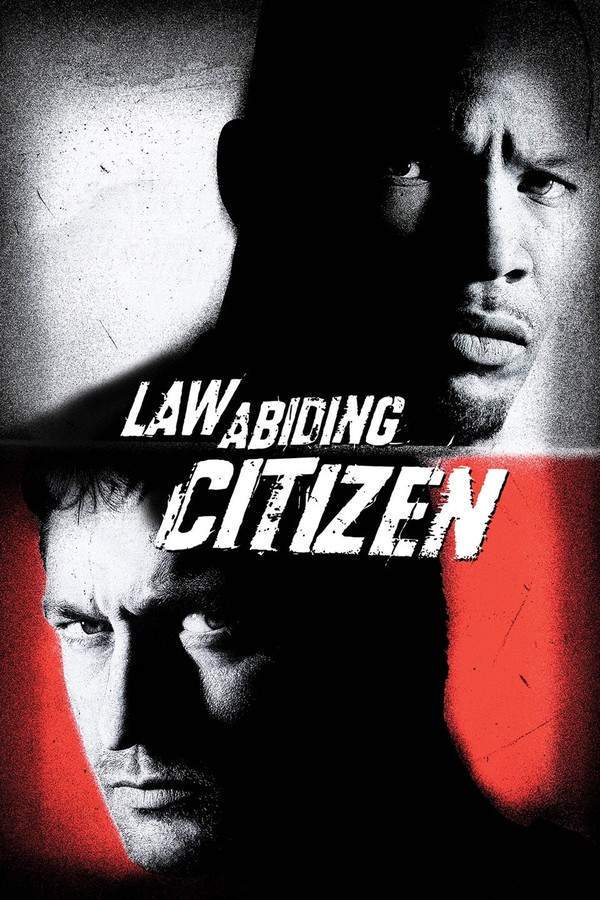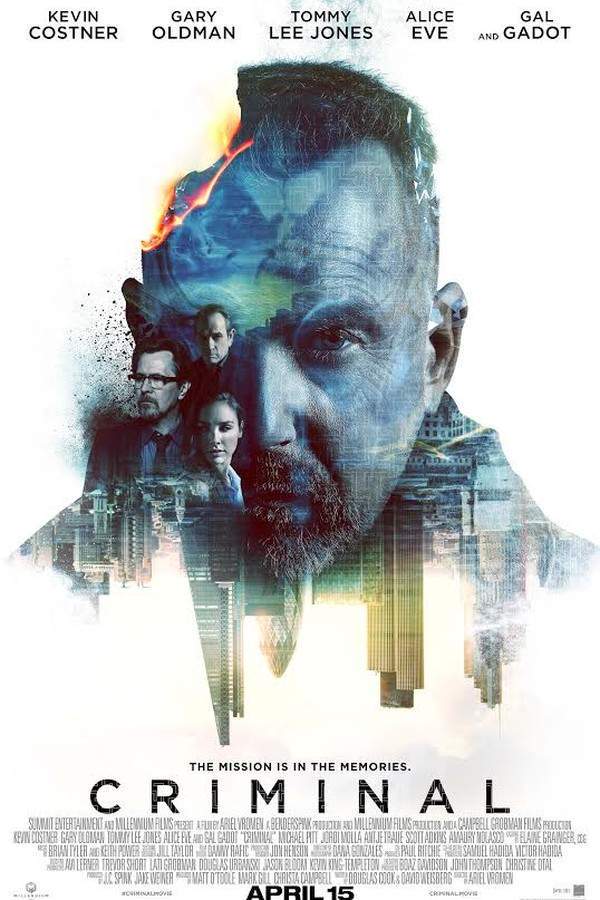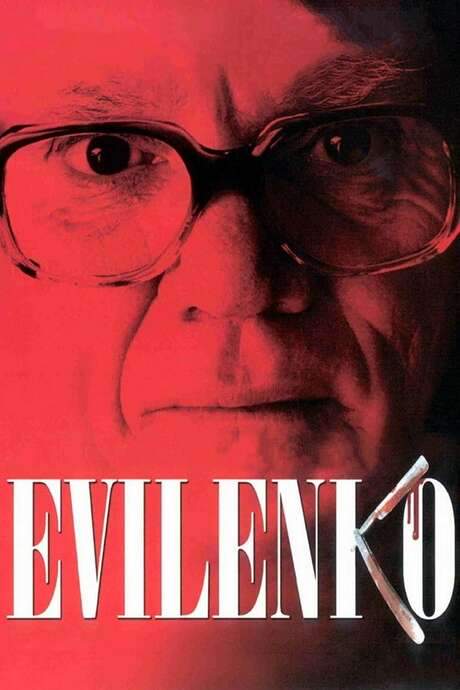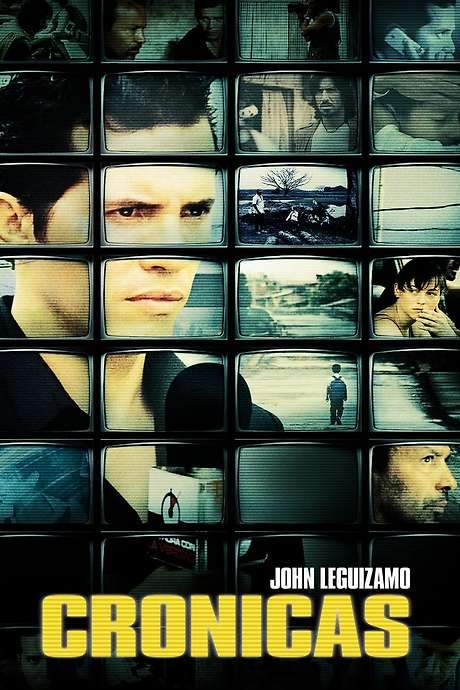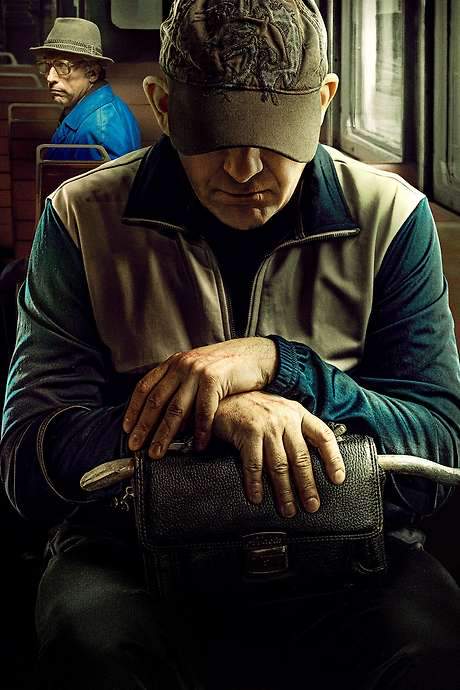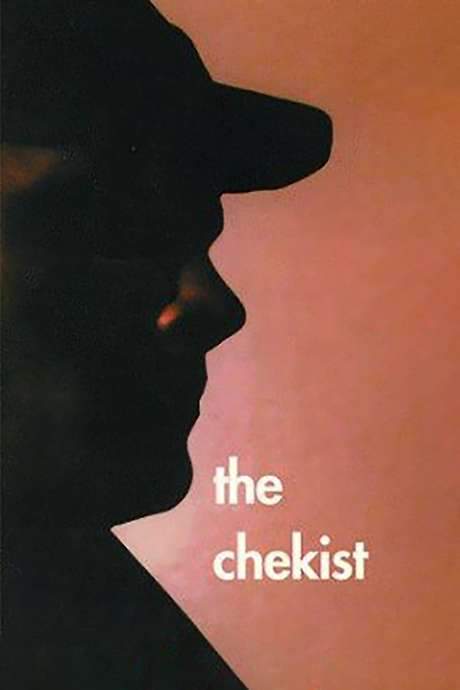
Citizen X
Year: 1995
Runtime: 105 mins
Language: English
You’re terrified of his crimes, but you want to see him finally caught. Based on the true story of a Soviet serial killer who murdered more than 50 victims, most under 17. In the Soviet Union, police work is stymied by bureaucracy, incompetence, and political interference. The narrative follows the lead detective as he pursues the case.
Warning: spoilers below!
Haven’t seen Citizen X yet? This summary contains major spoilers. Bookmark the page, watch the movie, and come back for the full breakdown. If you're ready, scroll on and relive the story!
Citizen X (1995) – Full Plot Summary & Ending Explained
Read the complete plot breakdown of Citizen X (1995), including all key story events, major twists, and the ending explained in detail. Discover what really happened—and what it all means.
On a 1982 harvest day at a Soviet collective farm, a body is found, kicking off a chilling investigation that extends into the surrounding woods. A follow‑up search uncovers seven more corpses at different stages of decay, and the case quickly spirals into a sprawling pursuit of a serial killer who would go on to claim 53 victims, 52 of them under the age of 35. The heart of the story centers on Viktor Burakov, the newly assigned detective and forensic specialist who is pressed to unravel a puzzle that the system has tried to keep under wraps. He is not alone in the hunt: his commanding officer, Col. Mikhail Fetisov, [Donald Sutherland], provides political clout and pressure, while a broader bureaucratic machine—part propaganda machine, part police apparatus—stretches the limits of what can be investigated openly.
As the years pass, the film places a steady lens on the grinding weight of Soviet bureaucracy and the chilling effect of state control. The case unfolds amid glasnost and perestroika, political reforms that gradually loosen the grip of official silence. Early on, the effort is hampered by secrecy and a skewed sense of crime reporting: the very labs that should confirm links to the killer produce an erroneous blood type match, and public disclosure of such crimes would threaten the USSR’s image. Yet Burakov persists, and his approach matures into a wider, more systematic strategy: an attempt to blanket nearly all railroad stations with conspicuously uniformed guards to deter a killer who preys on the young travelers who pass through those hubs. Three small stations are left unattended—masked as ordinary travel hubs—while undercover agents monitor the rest, a tactic born of necessity and a willingness to experiment under pressure.
At the center of the case stands Andrei Chikatilo, [Jeffrey DeMunn], a suspect whose presence at a station with a satchel carrying a knife triggers his initial interest from investigators. He is arrested but soon released due to his membership in the Communist Party, a twist that showcases how political connections can shield a figure who would become one of the era’s most infamous killers. The investigation resumes as the reforms take hold, and Burakov, with Fetisov’s backing, pushes forward despite setbacks. The narrative carefully juxtaposes procedural detail with the creeping realization that the killer’s cruelty cannot be contained by conventional policing alone.
The interrogation room becomes a central stage for the drama. Arrested and questioned for seven consecutive days, Chikatilo sits opposite a hardliner, Gorbunov, who insists on extracting a confession in his own way. The room grows tense as the pressure mounts, and the lack of progress pushes the team to a different approach. It is then that Dr. Alexandr Bukhanovsky, [Max von Sydow], a psychiatrist with a long‑standing interest in what he calls “abnormal psychology,” is brought into the room. Bukhanovsky has previously contemplated the killer’s psychology and, through lengthy analysis, connects with Chikatilo on a deeper level. He articulates a framework for understanding the perpetrator’s impulses, and that intellectual threading begins to loosen the killer’s defenses. The breakthrough comes as Bukhanovsky speaks, and Chikatilo, overcome by emotion, finally admits guilt and answers pointed questions about the specifics of certain murders. The confession also leads investigators to grave sites they had not previously found.
With confession in hand, the authorities locate three undetected graves and follow the trail of the crimes to the scenes themselves. The process culminates in a formal trial, where Chikatilo is held in a metal cage and found guilty, condemned to death. The courtroom drama intensifies as the state’s push for punishment collides with the raw brutality of his crimes. In the end, a uniformed soldier administers the decisive act in a nameless prison chamber, delivering a pistol shot to the back of the killer’s head as the final, stark punctuation of a case that had stretched across nearly a decade.
The film not only builds a procedural thriller around the hunt but also scrutinizes the ways in which state power, political fear, and secrecy can hamper justice. It presents a portrait of late‑Soviet society where progress in criminal investigations is inextricably linked to the evolving political climate, and where the fight to uncover the truth is as much about reforming institutions as it is about identifying a single, terrifying perpetrator. Against this backdrop, the pursuit of Andrei Chikatilo unfolds as a study in resilience, meticulous forensic work, and the uneasy interplay between power, truth, and humanity.
Last Updated: October 09, 2025 at 14:09
Unlock the Full Story of Citizen X
Don't stop at just watching — explore Citizen X in full detail. From the complete plot summary and scene-by-scene timeline to character breakdowns, thematic analysis, and a deep dive into the ending — every page helps you truly understand what Citizen X is all about. Plus, discover what's next after the movie.
Citizen X Timeline
Track the full timeline of Citizen X with every major event arranged chronologically. Perfect for decoding non-linear storytelling, flashbacks, or parallel narratives with a clear scene-by-scene breakdown.

Similar Movies to Citizen X
Discover movies like Citizen X that share similar genres, themes, and storytelling elements. Whether you’re drawn to the atmosphere, character arcs, or plot structure, these curated recommendations will help you explore more films you’ll love.
Explore More About Movie Citizen X
Citizen X (1995) Scene-by-Scene Movie Timeline
Citizen X (1995) Movie Characters, Themes & Settings
Citizen X (1995) Spoiler-Free Summary & Key Flow
Movies Like Citizen X – Similar Titles You’ll Enjoy
Kiss the Girls (1997) Detailed Story Recap
Child 44 (2015) Plot Summary & Ending Explained
Alex Cross (2012) Full Movie Breakdown
Law Abiding Citizen (2009) Story Summary & Characters
Criminal (2016) Film Overview & Timeline
X - The eXploited (2018) Spoiler-Packed Plot Recap
The Criminal Man (2019) Detailed Story Recap
Evilenko (2003) Movie Recap & Themes
Crónicas (2004) Story Summary & Characters
Model Citizen (2020) Full Movie Breakdown
Chikatilo (1000) Movie Recap & Themes
Crystal City (1000) Spoiler-Packed Plot Recap
The Chestnut Man (1000) Plot Summary & Ending Explained
Chekist (1992) Full Movie Breakdown
Clean, Shaven (1993) Ending Explained & Film Insights



